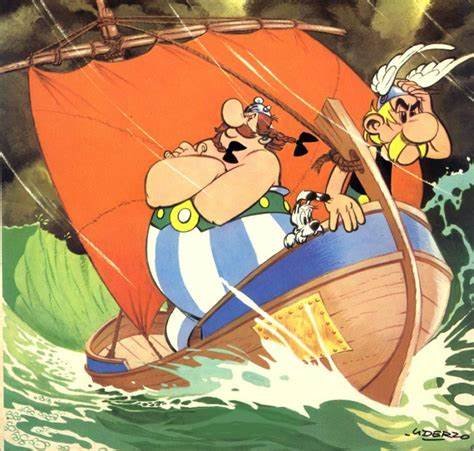Political cartoons are a unique blend of art, humor, and commentary. They have long served as a medium to address pressing societal concerns, often using humor to tackle serious topics. Let’s explore how these illustrations combine wit and insight to provoke thought and foster dialogue.
1. Simplifying Complex Topics
Political issues can be intricate and overwhelming. Cartoons break these complexities into relatable visuals and humorous captions.
- Making Ideas Accessible: By using symbols, metaphors, and caricatures, cartoons distill abstract ideas into digestible messages.
- Universal Appeal: Humor transcends language and cultural barriers, making serious subjects approachable to a global audience.
For example, cartoons addressing climate change often use humor to highlight the absurdity of inaction, simplifying scientific jargon into an impactful image.
2. Humor as a Shield
Humor helps address sensitive topics without alienating the audience.
- Breaking Tension: Laughter eases discomfort around polarizing or taboo subjects.
- Encouraging Engagement: People are more likely to discuss serious issues when approached through humor.
- Building Bridges: Satirical cartoons can open doors for dialogue between opposing viewpoints.
For instance, during political scandals, cartoons can critique power structures in a way that feels less confrontational but still sharp.
3. Amplifying Emotional Impact
Humor in cartoons evokes strong emotions, which can inspire reflection or action.
- Memorability: A witty cartoon lingers in the mind, spreading its message further.
- Emotional Resonance: By blending humor with serious undertones, cartoons provoke empathy and outrage in equal measure.
Cartoons addressing topics like inequality or war often use irony to emphasize the human cost, leaving a lasting impression on viewers.
4. Holding Leaders Accountable
Satirical humor is a powerful tool for critiquing authority.
- Exposing Flaws: Cartoons exaggerate traits or actions of public figures, highlighting their shortcomings.
- Empowering the Public: By mocking those in power, cartoons encourage viewers to question authority.
- Sparking Debate: A humorous critique often becomes a catalyst for larger conversations about governance and policy.
Historical examples, such as Thomas Nast’s cartoons exposing corruption in 19th-century America, demonstrate how humor can drive social and political reform.

5. Humor as a Form of Protest
Political cartoons have long been a medium for dissent and resistance.
- Challenging Norms: Humor allows cartoonists to question societal norms and injustices without direct confrontation.
- Providing a Voice: Cartoons amplify marginalized perspectives by using satire to challenge dominant narratives.
- Inspiring Activism: By presenting injustices in an engaging format, cartoons motivate viewers to advocate for change.
During times of censorship, cartoons often become a subversive tool to critique oppressive regimes while evading suppression.
6. Navigating Ethical Boundaries
While humor is a powerful tool, it requires careful handling to avoid harm.
- Avoiding Offense: Cartoonists must balance satire with respect for diverse cultures and perspectives.
- Maintaining Integrity: Humor should amplify the message without trivializing the issue.
- Facing Backlash: Controversial cartoons may spark debate about the boundaries of free expression.
Cartoonists often face criticism when their humor is perceived as crossing ethical lines, highlighting the fine balance required in their craft.
7. Adapting to the Digital Era
The internet has revolutionized how political cartoons use humor to reach audiences.
- Interactive Content: Animated and interactive digital cartoons add layers of humor and engagement.
- Rapid Dissemination: Memes and viral cartoons spread messages quickly across platforms.
- Global Reach: Social media amplifies the impact of political humor, reaching diverse audiences instantly.
The digital age has also made humor in cartoons more dynamic, enabling artists to experiment with innovative formats.
Conclusion
Political cartoons effectively use humor to address serious issues, combining satire, artistry, and critique to engage and inform audiences. Their ability to simplify complexities, challenge power structures, and evoke emotions ensures they remain a vital medium for social commentary. As society continues to evolve, so too will the art of political humor, pushing boundaries and inspiring change.











